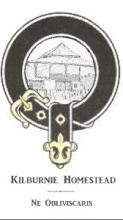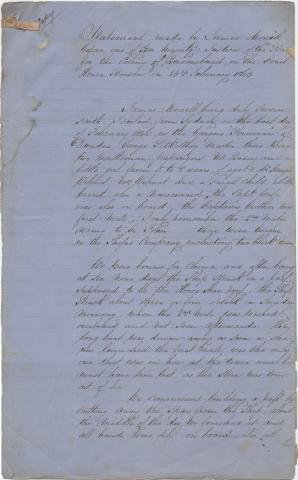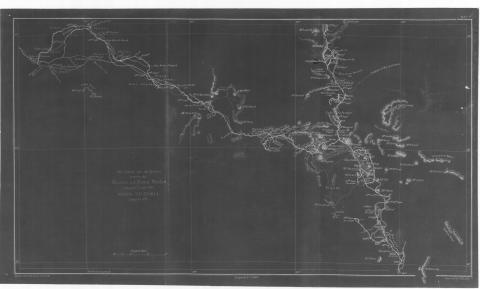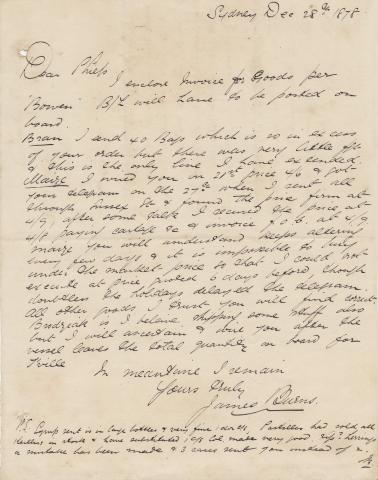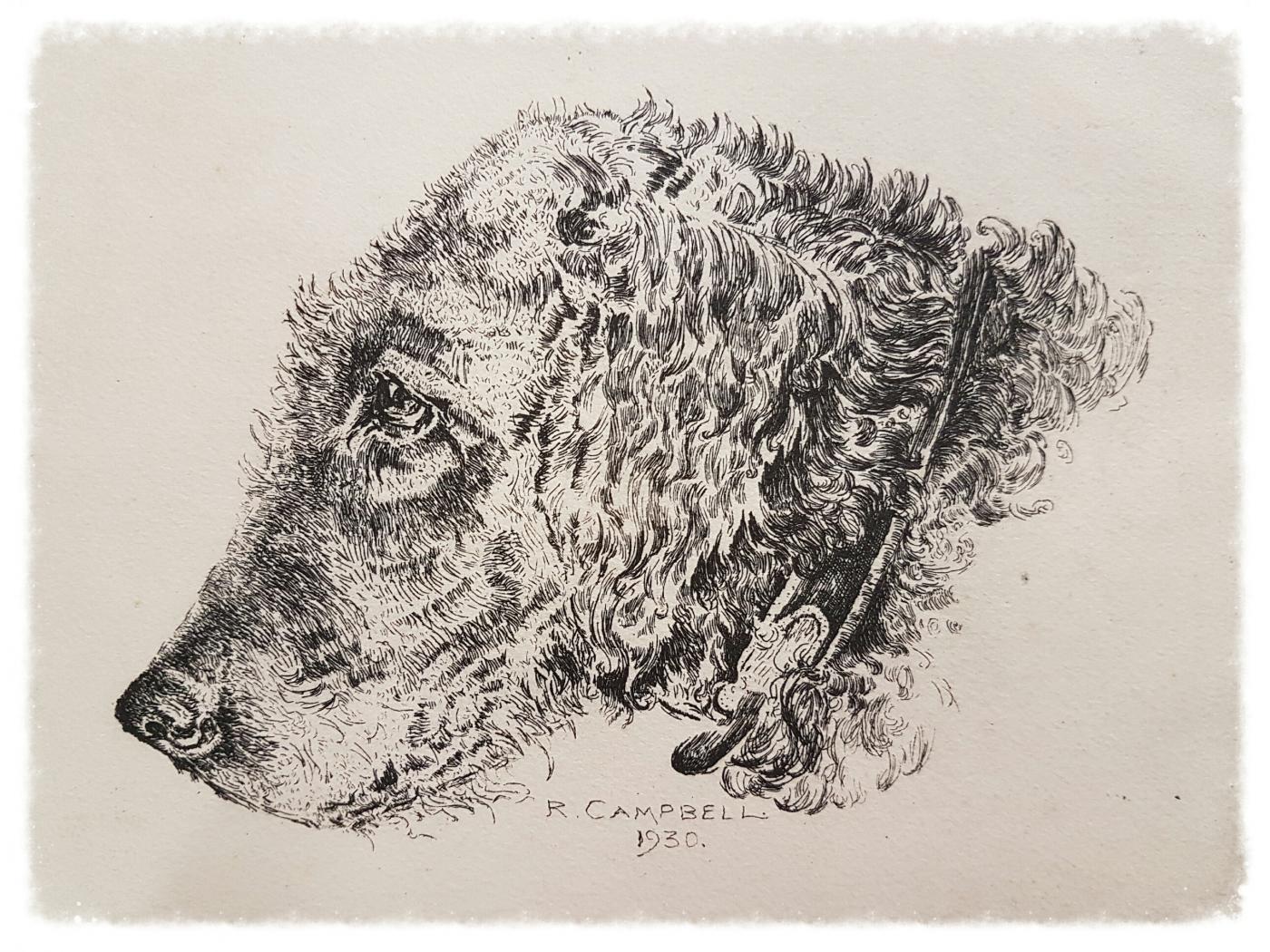
- Background
-
Ruby Martin Campbell was proficient in many different styles of art, including etching, which she learned with the aid of exchanging correspondence with John Shirlow in Melbourne. Ruby had attended art school briefly in Melbourne around 1921, so it is possible she made first contact with Shirlow then. She began experimenting with etching sometime around the late 1920s, and corresponded with John Shirlow until his death in 1936.
John Shirlow Biography
http://adb.anu.edu.au/biography/shirlow-john-alexander-thomas-8421
- Etching process used by Ruby Campbell
-
In traditional pure etching, a metal (usually copper, zinc or steel) plate is covered with a waxy ground which is resistant to acid. The artist then scratches off the ground with a pointed etching needle where he or she wants a line to appear in the finished piece, so exposing the bare metal. The échoppe, a tool with a slanted oval section, is also used for "swelling" lines. The plate is then dipped in a bath of acid, technically called the mordant (French for "biting") or etchant, or has acid washed over it. The acid "bites" into the metal (it converts metal into salt solution and hydrogen) to a depth depending on time and acid strength, leaving behind the drawing skillfully carved into the wax on the plate. The remaining ground is then cleaned off the plate. For first and renewed uses the plate is inked in any chosen non-corrosive ink all over and the surface ink drained and wiped clean, leaving ink in the etched forms.
The plate is then put through a high-pressure printing press together with a sheet of paper (often moistened to soften it). The paper picks up the ink from the etched lines, making a print. The process can be repeated many times; typically several hundred impressions (copies) could be printed before the plate shows much sign of wear.
Below are two etching plates used by Ruby. Top, Untitled by Ruby Campbell, Bottom "Blackie and Friend" by Ruby Campbell.
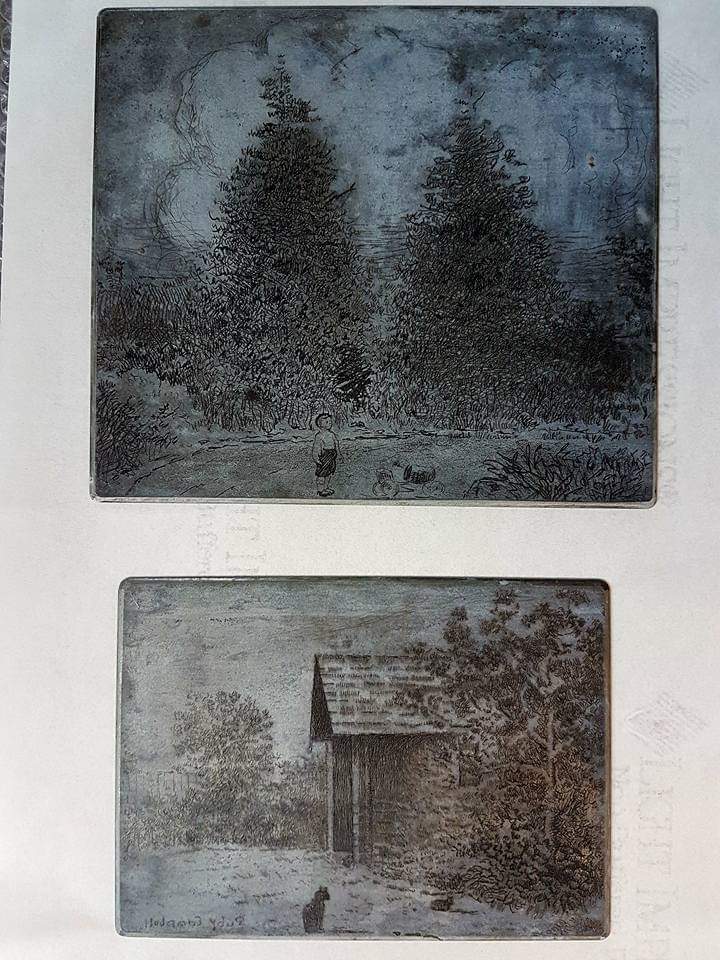
-
